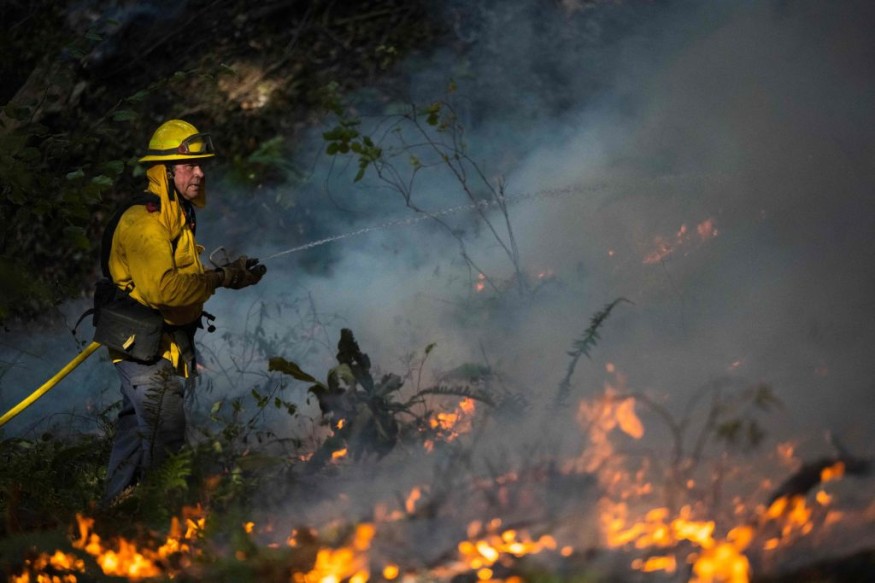
A new study showed that wildfires may be changing the landscape of the boreal forest in ways that experts did not expect.
Historically, fires in North American boreal forests have resulted in the replacement of coniferous trees with deciduous trees, which are faster-growing, soak up more carbon, and reflect more light, resulting in a cooling of the climate and a lower likelihood of fire.
Boreal forest (or "taiga") is the world's largest terrestrial biome. The boreal ecozone is mostly found in the following countries: Canada, China, Finland, Japan, Norway, Russia, Sweden, and the United States.
Coniferous Plants
The study, led by Northern Arizona University and published in Nature Climate Change, suggests that while forests do become more deciduous, they do not remain that way for long; a few decades later, the same forests gradually begin to move back toward coniferous plants.
The quick loss of coniferous forests induced by wildfire was offset by a steady rise in coniferous forests in places that had not recently burned, resulting in no overall shift toward deciduous cover.
"We confirmed that fires clearly shift forests from conifer to deciduous cover, but when we look at those changes over many decades, we find deciduous trees begin to be replaced again by conifer trees three to four decades following fire," said Scott Goetz, Regents' professor in the School of Informatics, Computing, and Cyber Systems (SICCS) at Northern Arizona University and study co-author.
Experts said this was rather surprising given that several previous studies indicated trends toward deciduous forests on local to regional scales.
Read Also : Climate Change Shifts Boreal Forest Northward
Forest Composition
While the study found no significant changes in forest composition in recent decades, it anticipates that prolonged climate warming and increased wildfire activity will result in significant changes in forest composition in the next few decades.
The researchers caution that this may not be permanent and recent decades have seen an increase in fire disturbance in these forests, so the restoration to coniferous cover may take longer in the future than it did in the past.
As the environment continues to warm and dry, it will have an impact on how forests burn and recover.
"As we think about fire management approaches, including efforts to reduce carbon emissions and mitigate fire risk to local communities and infrastructure, this study provides a critical foundation for future research," said Brendan Rogers, associate scientist at Woodwell Climate Research Center and study co-author.
He added that understanding how the composition of these forests will evolve and respond to fire over time is critical for defining best management methods and protecting people and the world, especially following a summer of record-breaking fires in Canada.
The study was carried out as part of NASA's Arctic Boreal Vulnerability Experiment (ABoVE), for which Goetz serves as the Science Team Lead.
As part of their ABoVE study, scientists used high-resolution satellite data of boreal forests in Alaska and Canada acquired by the Landsat series of satellites to assess changes in forest composition, both in burned and unburned areas.
They also calculated the climate feedback effects of altering forests using satellite measurements of surface reflectivity.
Related Article : Boreal Forests and Climate: 3 Trillion Trees in World
Related Video:
© 2025 NatureWorldNews.com All rights reserved. Do not reproduce without permission.





